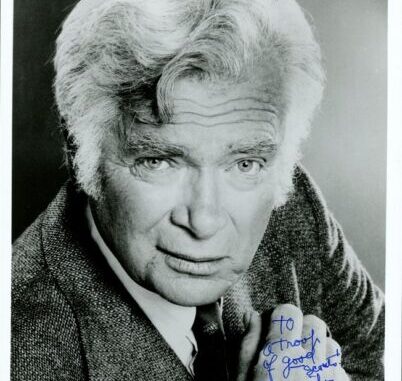
Actor Buddy Ebsen, without realizing at the time, found himself at the center of the TV sitcoms landscape of the 1960s when he agreed to portray Jed Clampett in the television series The Beverly Hillbillies. That show, of course, focused on the Clampett family, a group of hillbillies who suddenly find themselves wealthy beyond imagination and decide to leave their roots behind and travel to California, a place where they’ll never fit in — which gives the show its comic charm.

Buddy Ebsen was born Christian Ludolf Ebsen Jr on April 2, 1908 in Belleville, Illinois. Although he didn’t recognize it when he was young, the fact that his German-born father was a choreographer and an advocate of physical fitness — and owned a dance studio — would turn out to play a major influence on his life and future as a performer.
Beyond The Beverly Hillbillies, Ebsen had a varied career that spanned vaudeville to Broadway, the big screen and, of course, television, with pitstops in between at 1939’s The Wizard of Oz and post-Beverly Hillbillies series Barnaby Jones and Matt Houston.
1. Dancing became his passion
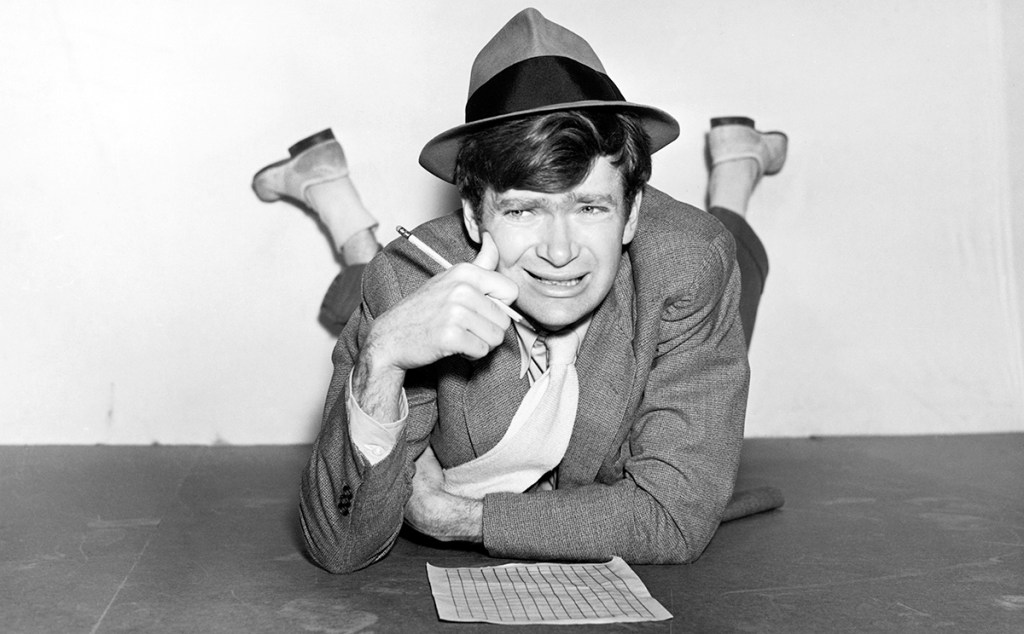
As noted, Buddy’s father ran a dance studio when the family moved to Florida, and, at the age of 10, he and his four sisters began learning how to dance, lessons that would help him throughout much of his career.
2. Buddy Ebsen actually intended to be a doctor
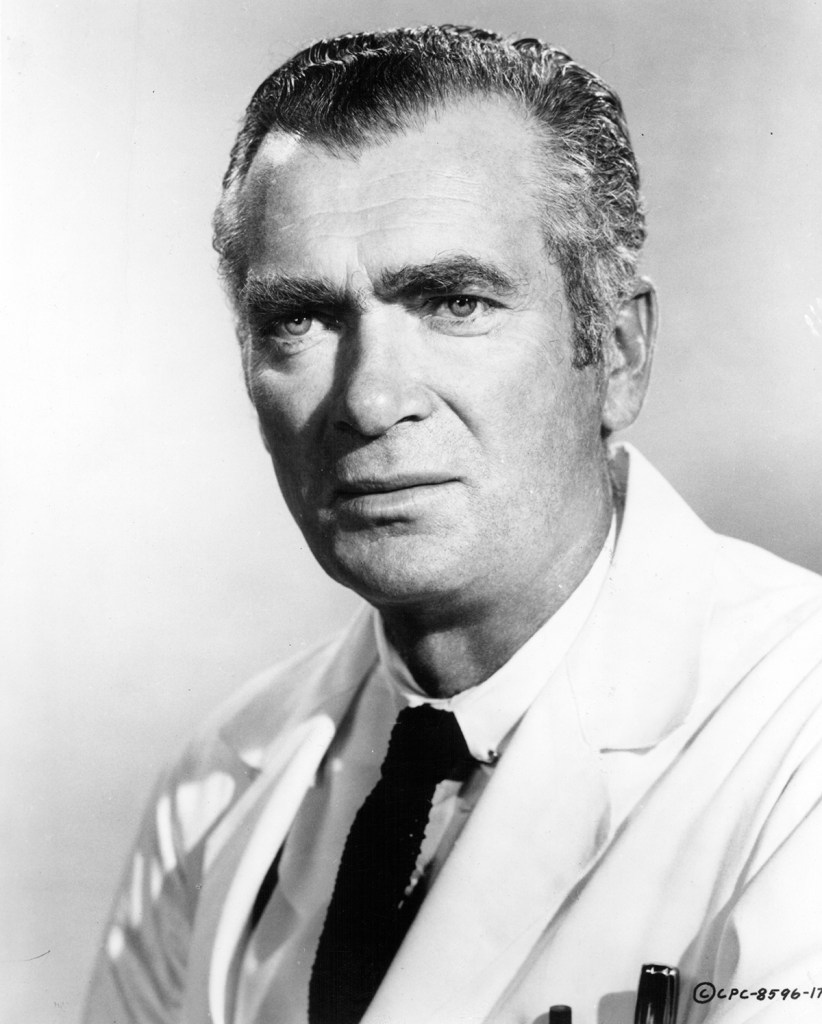
Upon his graduation from high school in 1926, Buddy elected to pursue a career in medicine, attending the University of Florida and then Rollins College from 1926 to 1928. Unfortunately, financial challenges resulted in his dropping out at the age of 20. Next on his agenda was the idea of professional dancing.
3. Meet ‘The Baby Astaires’
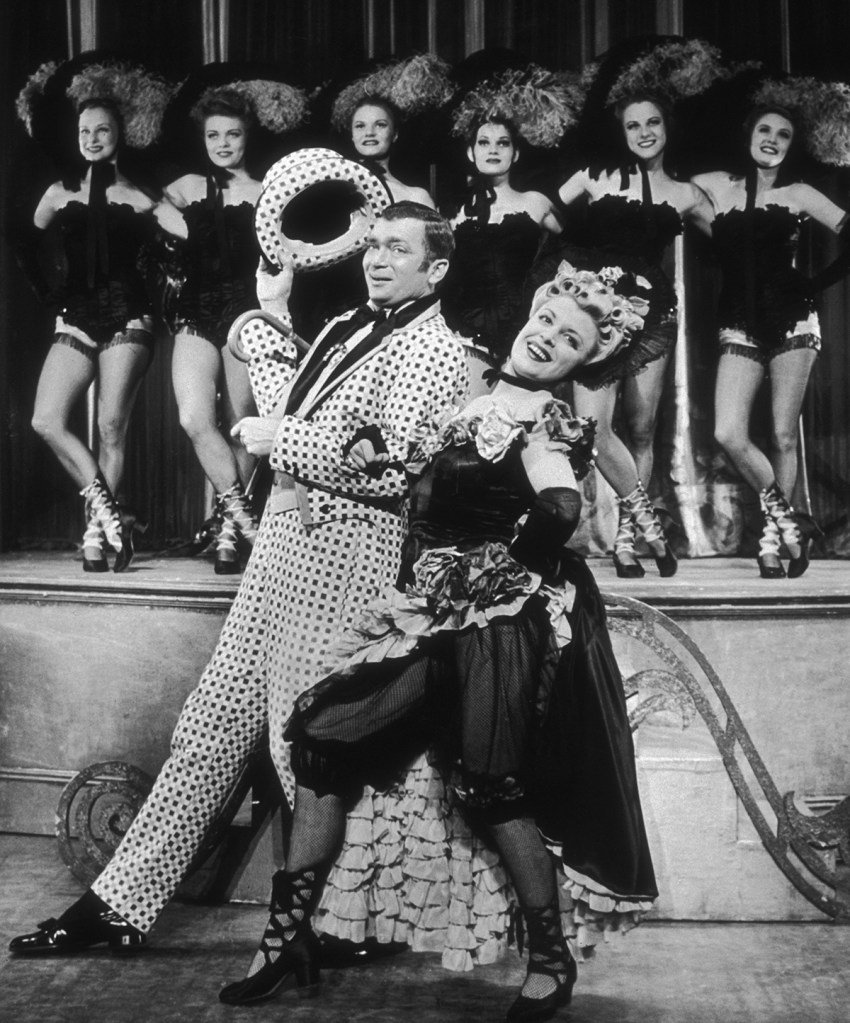
Buddy Ebsen and his sister Vilma made the journey to New York, forming a vaudeville act they called “The Baby Astaires.” They were successful enough that the act led them to Broadway, where they appeared in such musicals as Ziegfeld Follies of 1934, Flying Colors and Whoopee. This, in turn, led them back to vaudeville, playing at New York’s more prestigious Palace Theatre.
4. For a time, he had a flourishing movie career
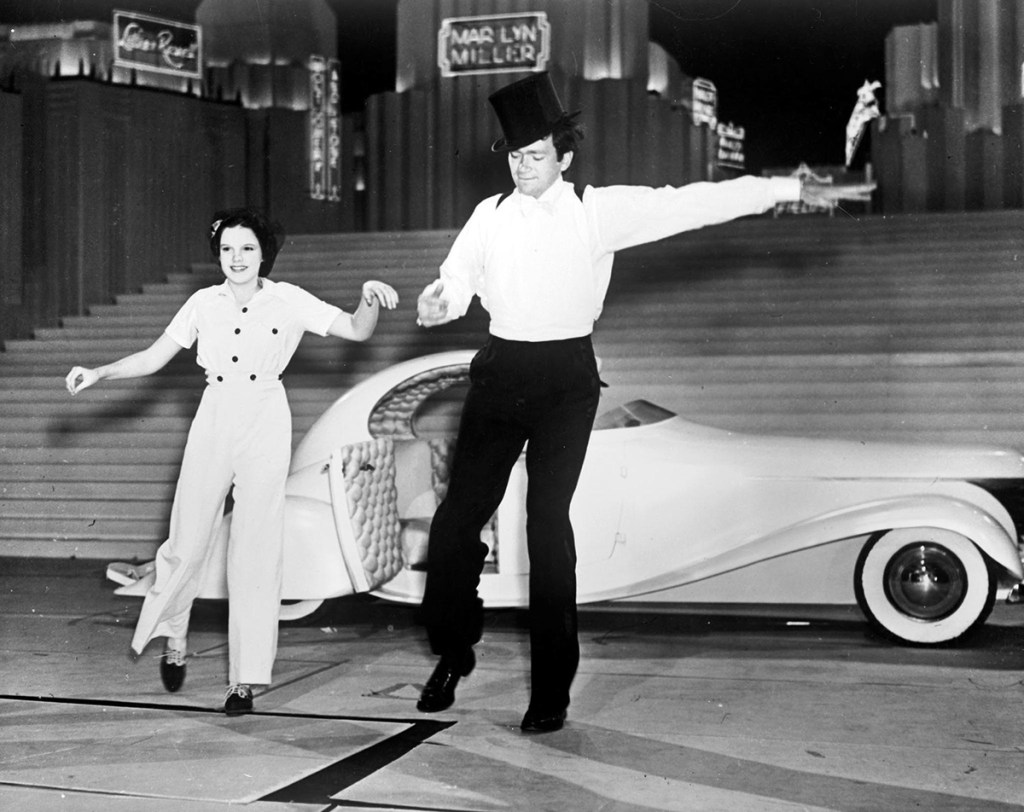
In 1935 MGM signed Buddy and Vilma to a contract and they would appear in 1935’s Broadway Melody of 1936, after which she decided to go back home, where she began running her own dance studio. For his part, Buddy continued to act and appeared in both dramas and musicals (with stars like Judy Garland). As he explained it in a 1964 interview, he had read an ad looking for dancers for a Broadway show, which they auditioned and were hired for. He laughed, “I had taken dance lessons from my father when I was a kid, but quit when I was 12, because I felt dancing was sissified. Later I was mighty glad I had taken those lessons.”
5. Buddy Ebsen has a very specific Disney connection
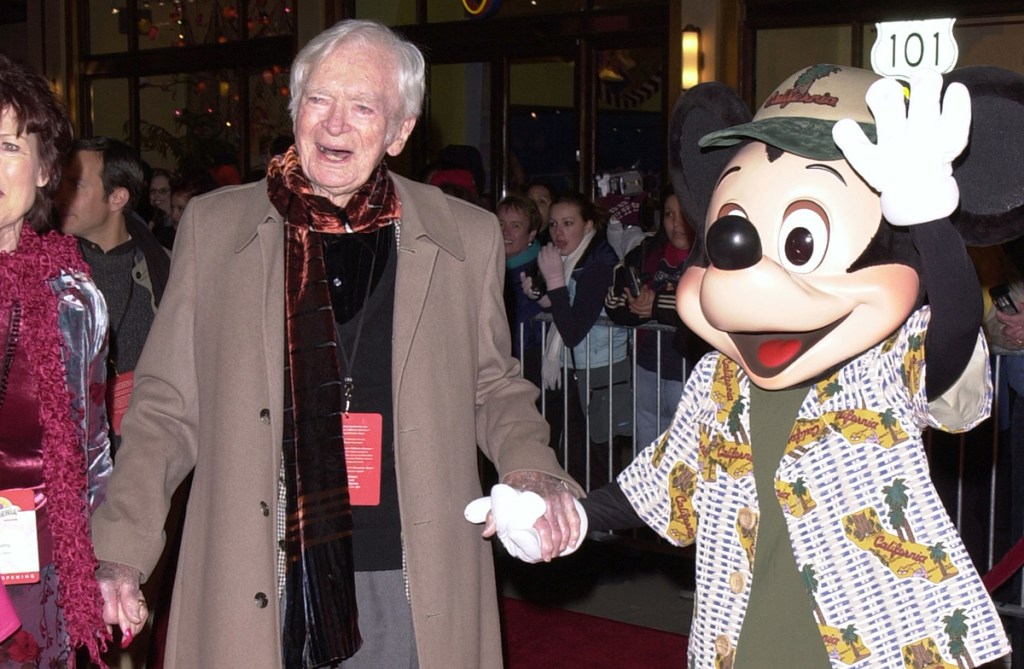
His dance style, which was considered unique, caught the attention of Walt Disney, who arranged to film Ebsen dancing so that his movements could be incorporated into early versions of animatronics that Disney was developing. In 1993, the actor was named a “Disney Legend.”
5. He was the Tin Man in The Wizard of Oz … briefly
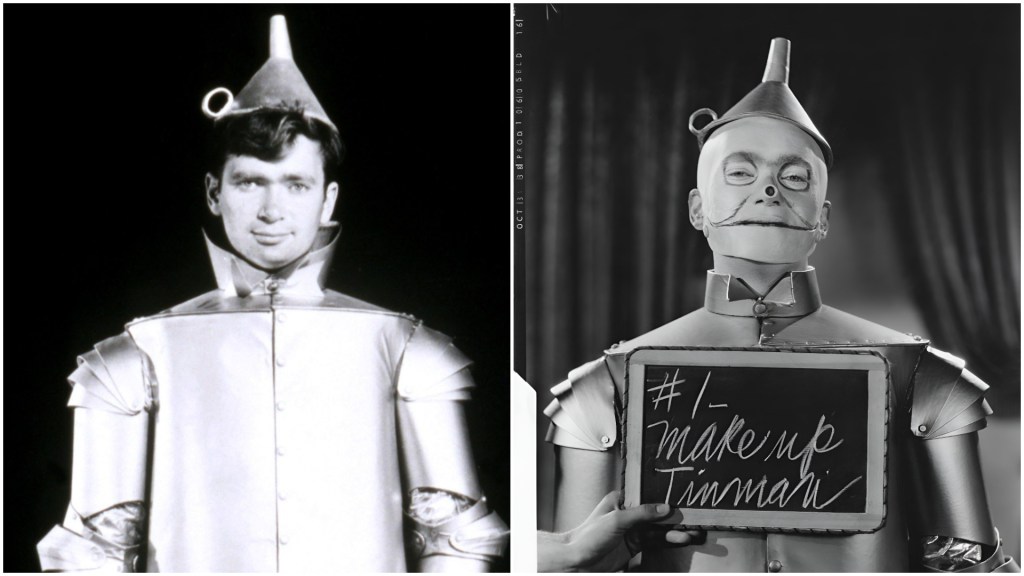
When MGM was putting together the elements of The Wizard of Oz, Buddy Ebsen had originally been cast as the Scarecrow, but there was some sort of behind the scenes shift and Ray Bolger ended up in the part (“He must have been a pretty good salesman,” mused the actor). Instead, he was offered the role of the Tin Man, which he accepted. Unfortunately, 10 days into production he developed an allergic reaction to the aluminum dust utilized for the character’s makeup and was forced to depart, with Jack Haley coming aboard.
Beyond this, he had a falling out with MGM head Louis B. Mayer and left the studio, electing to join the U.S. Army during World War II.
